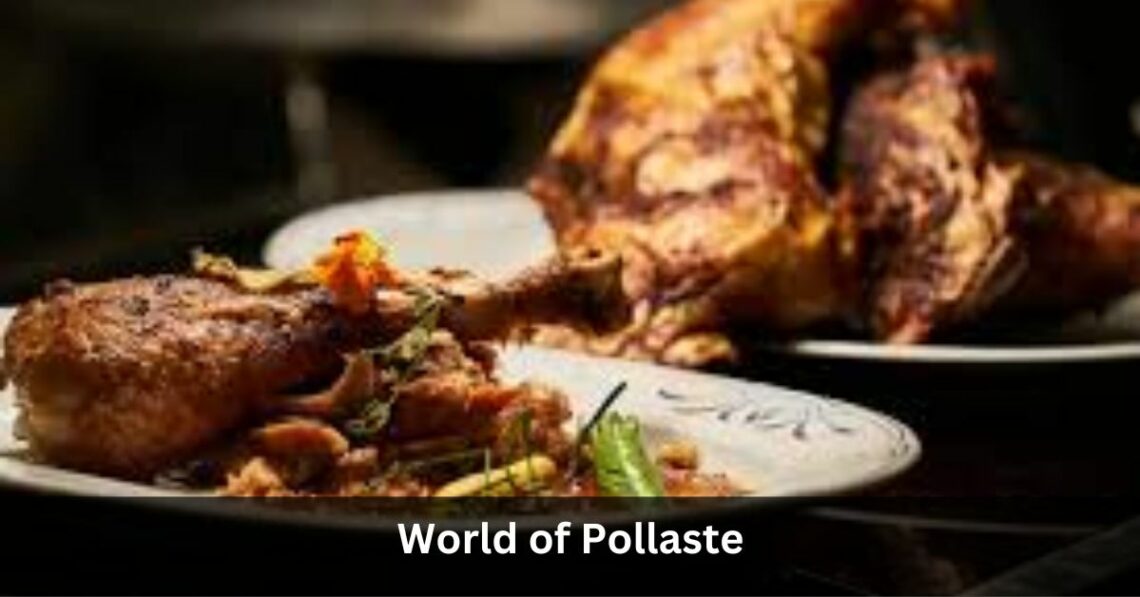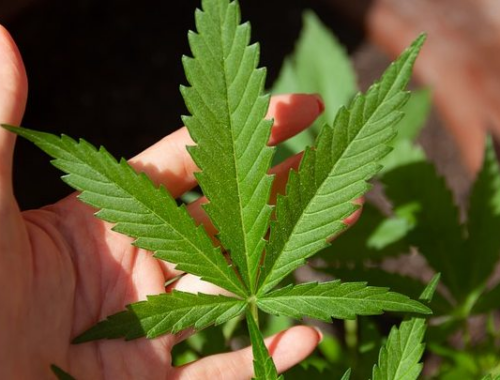
Exploring the World of Pollaste: From Biology to Sustainable Farming
Pollaste, often referred to as domestic fowl, holds a significant place in human history and culture. This comprehensive guide aims to delve into various aspects of pollaste, covering its biology, role in agriculture, nutritional value, breeding and genetics, welfare considerations, health management, economic importance, sustainable practices, future perspectives, and challenges.
Definition and Origin:
The term “pollaste” finds its roots in the Latin word “pullus,” which translates to “young animal.” It serves as a collective designation for a diverse array of domesticated avian species, prized primarily for their contributions to meat and egg production.
Tracing back through the annals of history, the origin of pollaste spans millennia, with compelling evidence pointing to its domestication in ancient civilizations, notably Mesopotamia and China. These early societies recognized the potential of these birds as sources of sustenance and began selectively breeding them for desirable traits.
Thus, the journey of pollaste from its humble beginnings to its present-day prominence reflects not only human ingenuity but also the deep-seated interdependence between humans and animals in shaping our shared agricultural heritage.
Historical Significance:
Across the annals of time, pollaste emerges as a cornerstone of human civilization, weaving its significance into the very fabric of our existence. Throughout history, its role has transcended mere sustenance, evolving into a symbol of prosperity, power, and cultural identity.
In ancient societies, the presence of pollaste signified abundance and agricultural prowess, offering a reliable source of nourishment amid unpredictable landscapes. Beyond sustenance, these birds held symbolic value, often adorning royal banquets and ceremonial feasts as emblems of opulence and prestige.
Moreover, pollaste played a pivotal role in societal hierarchies, with ownership of these birds serving as markers of wealth and social status. From the grand halls of palaces to humble homesteads, the presence of pollaste underscored one’s position in the social hierarchy, reinforcing bonds of kinship and community.

As civilizations flourished and empires rose and fell, the significance of pollaste endured, adapting to the ever-shifting currents of human history. Through trade routes and cultural exchanges, pollaste spread across continents, leaving an indelible mark on culinary traditions and gastronomic delights.
In essence, the historical significance of pollaste transcends mere utility, encapsulating the essence of human ingenuity, cultural expression, and social cohesion. Its enduring legacy serves as a testament to the profound interplay between humans and animals, shaping our collective journey through the annals of time.
Cultural Context:
Pollaste holds immense cultural significance in many societies, often featuring prominently in rituals, folklore, and culinary traditions. Understanding the cultural context surrounding pollaste sheds light on its enduring importance in diverse communities.
The Biology of Pollaste:
Pollaste belongs to the family Phasianidae and is classified under the order Galliformes. This section explores the taxonomy, anatomy, morphology, behavior, and ecology of pollaste species, highlighting their adaptation to various environments.
Pollaste in Agriculture:
Pollaste plays a vital role in global agriculture, contributing to food security and rural livelihoods. This section discusses its role in farming systems, different breeds and varieties, and best management practices for optimal production.
Nutritional Value of Pollaste:
Pollaste meat and eggs are prized for their high protein content and essential nutrients. Understanding the dietary composition, health benefits, and culinary uses of pollaste products is essential for promoting their consumption and nutritional value.
Breeding and Genetics of Pollaste:
Advances in reproductive physiology, genetic selection, and crossbreeding techniques have led to the development of improved pollaste breeds. This section explores the science behind breeding programs aimed at enhancing productivity and genetic diversity.
Welfare and Ethical Considerations:
Ensuring the welfare and ethical treatment of pollaste is paramount in modern farming practices. This section examines housing and environmental standards, welfare regulations, and ethical considerations in pollaste production.

Health and Disease Management:
Like all livestock, pollaste is susceptible to various health issues and diseases. Implementing preventive measures and providing veterinary care are crucial for maintaining the health and well-being of pollaste populations.
Economic Importance of Pollaste:
Pollaste farming contributes significantly to national economies and rural livelihoods worldwide. Analyzing market trends, the contribution to livelihoods, and global trade dynamics provides insights into the economic significance of pollaste.
Sustainable Practices in Pollaste Farming:
With growing concerns about environmental sustainability, adopting eco-friendly farming methods and adhering to certification standards is imperative for the long-term viability of pollaste farming.
Future Perspectives and Challenges:
Technological innovations, changing consumer trends, and regulatory issues shape the future of pollaste farming. Addressing these challenges while capitalizing on emerging opportunities is crucial for the continued success of the pollaste industry.
Conclusion:
In summary, pollaste represents a fascinating intersection of biology, culture, and economics. To ensure its continued success in a rapidly changing world, it’s crucial for the industry to prioritize sustainability.
By embracing responsible practices and addressing challenges head-on, such as technological advancements and shifting consumer demands, the pollaste industry can thrive while fulfilling its vital role in global food systems.
You May Also Like

Using THCa Flower for Pain Relief
August 14, 2024
How Cardiologists Identify Early Signs of Heart Disease
March 8, 2025


Average Rating